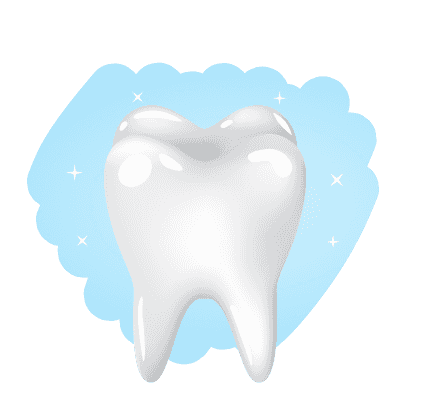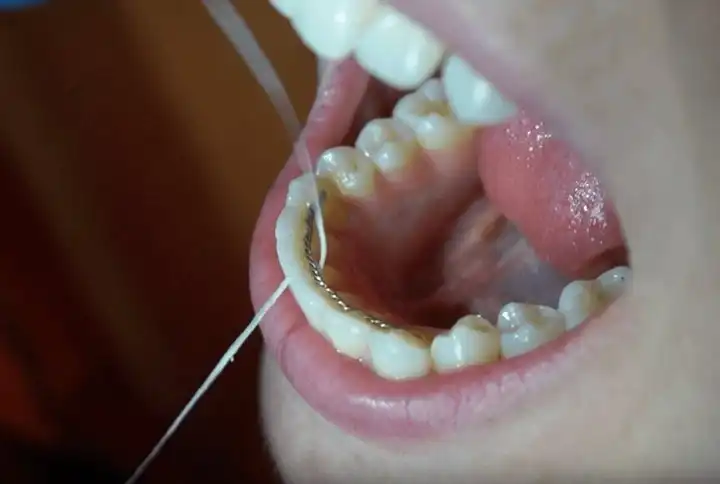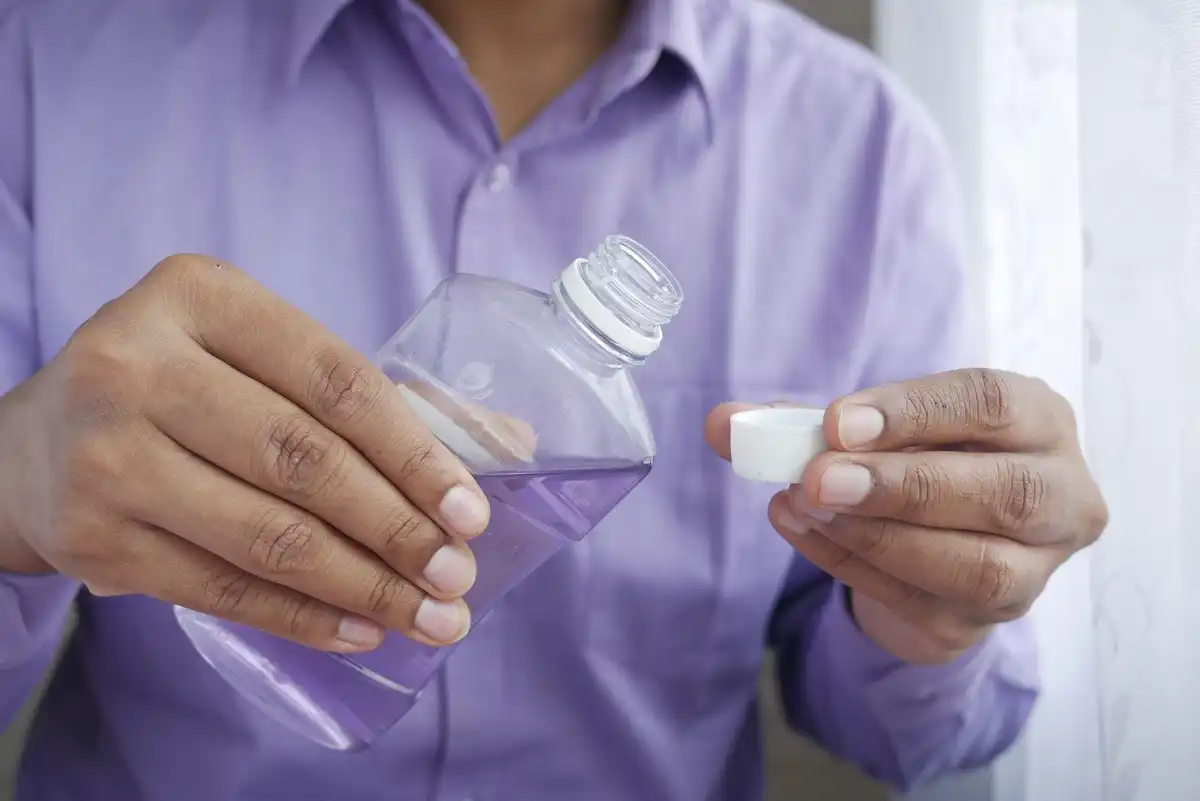Are Dental Savings Plans Worth It?

In this article, we may include products or services we think are useful for our readers. If you buy through links on this page, we may earn a small commission to help fund our mission to create more healthy smiles. Here’s our process.

When it comes to dental care, many people find themselves wondering: “Are dental savings plans worth it?” If you don’t have dental insurance through an employer, it can be confusing to figure out if you should buy your own dental insurance plan, sign up for a dental discount plan, or just pay out of pocket.
The truth is—traditional dental insurance plans often aren’t worth it for most individuals or families unless you expect to need a lot of dental work. Understanding how dental insurance work is crucial; these plans typically involve monthly premiums, deductibles, and copayments, which can add up and become quite complex.
Why Traditional Dental Insurance Isn’t Always the Best Option
Let’s start with traditional dental insurance. It usually comes with:
- Monthly premiums
- Annual limits
- Deductibles
- Waiting periods
- Complicated claim forms
- Limited covered services
Many dental insurance plans only fully cover preventive care and offer partial coverage on major dental procedures. Even then, you may still face co-pays and coverage gaps (similar to health insurance). While the insurance company pays for a portion of the services, customers may still be responsible for significant out-of-pocket costs. If your teeth are generally healthy and you only need two cleanings a year, you could end up paying more in premiums than the value of the care you receive—especially if you’re on a private plan.
Related: Best Dental Discount Plan
Understanding Dental Coverage Options
Dental coverage options can be confusing, with various types of plans and providers available. Traditional dental insurance plans typically require a monthly premium and may have limitations, such as annual limits and waiting periods. On the other hand, dental savings plans are membership programs that offer discounts on dental services and procedures. These plans often have a lower annual fee compared to traditional insurance and can provide significant savings on dental care. It’s essential to understand the differences between traditional dental insurance and dental savings plans to make an informed decision about which option is best for you. By comparing the benefits and drawbacks of each, individuals can choose a plan that meets their dental needs and budget.
What Are Dental Savings Plans?
Dental discount plans (or dental savings plans) are membership-based programs that offer reduced rates on dental services. You pay an annual fee or a monthly fee, and in return, you receive fixed discounts at participating dentists. These discounts apply to a wide range of dental services—from routine cleanings to root canals, cosmetic dentistry, and even teeth whitening in some cases.
Unlike insurance, there are no claim forms, no annual limits, and no waiting periods. You pay the dentist directly—at a discounted rate—and that’s it!
My Experience With Dental Savings Plans
I’m now a dental hygienist, but back in high school, I used a dental savings plan myself. My childhood dentist accepted it, so I didn’t have to switch providers or deal with complicated paperwork. It made dental care accessible at a time when my family didn’t have insurance.
Today, I hear from so many people who avoid the dentist because of cost. That’s why I’m passionate about raising awareness of alternatives like dental discount plans. If you’re uninsured, between jobs, or simply seeking more budget-friendly care, this could be a great solution.
How Do Dental Discount Plans Work?
It’s simple:
- Choose a dental discount plan (I personally like OneDental—they have a two-for-one membership offer right now).
- Enter your zip code to see the network of participating dentists near you.
- Sign up, pay your annual membership fee, and get instant access to discounted dental rates. The membership fees for dental savings plans are often lower than the monthly premiums of traditional dental insurance.
- Visit the dentist, show your membership card, and pay less money out of pocket for the services you need.
There’s no dealing with an insurance company, no waiting period, and no surprises.
Traditional Insurance: Annual Limits and Restrictions
Traditional dental insurance plans often come with annual limits and restrictions, which can limit the amount of coverage available for certain procedures and services. For example, many plans have a maximum annual benefit of $1,000 to $1,500, which can be quickly exhausted if extensive dental work is needed. Additionally, some plans may have waiting periods for certain procedures, such as root canals or crowns.
Dental savings plans, on the other hand, do not have annual limits or waiting periods, providing members with unlimited access to discounted dental services and procedures. This can be particularly beneficial for individuals who require ongoing dental care or have a history of dental problems.
Dental Discount Plans vs. Insurance: Do the Math
Here’s the real test: compare the cost of dental insurance (your monthly premium plus deductibles and co-pays) with the actual cost of two cleanings and a checkup per year—plus the cost of the occasional filling or procedure at the discounted rate from a dental savings plan. When considering dental savings plan vs dental insurance, it's important to understand how each option works, their key features, and the pros and cons associated with each choice.
If the insurance plan costs more than what you’d pay out of pocket for the services you actually use, it’s probably not worth it. Both options can help reduce out of pocket costs for various dental procedures, so understanding what types of dental care may impact your overall expenses is crucial when choosing between the two. Many people find that dental savings plans work better for them, especially if they don’t need a lot of work done regularly.
Related: Best Dental Discount Plan
Cosmetic Dentistry Options
Cosmetic dentistry options, such as teeth whitening, are often not covered by traditional dental insurance plans. However, many dental savings plans offer discounts on these types of procedures, making them more affordable for individuals who want to improve the appearance of their teeth. By choosing a dental savings plan that includes cosmetic dentistry options, individuals can save money on these procedures and achieve the smile they desire. It’s essential to review the plan’s covered services and discounts to ensure that it meets your cosmetic dentistry needs.
Dental Plans and Providers
When selecting between traditional dental coverage and alternative dental plans, it’s crucial to consider the provider network and the types of services and procedures that are covered. Traditional dental insurance plans often have a wide network of participating dentists, but may have limitations on the services and procedures that are covered. Dental savings plans, on the other hand, may have a smaller network of participating dentists, but can offer more comprehensive coverage and discounts on a wider range of services and procedures.
By researching and comparing different dental plans and providers, individuals can find a plan that meets their needs and budget, and provides access to quality dental care. Additionally, many dental savings plans offer discounts on vision and hearing services, making them a more comprehensive option for overall health and wellness.
Who Should Consider a Dental Discount Plan?
A dental discount plan might be right for you if:
- You don’t get dental insurance through your employer
- You want to save money on dental care without paying high monthly premiums
- You’re in generally good oral health and mainly need preventive care
- You’re looking for discounts on cosmetic treatments not covered by insurance
- You want more control over your dental provider choices
- You need help managing dental bills affordably
- You are considering a family plan to achieve significant savings compared to individual dental insurance policies
Final Thoughts: Are Dental Savings Plans Worth It?
Yes—many dental savings plans are absolutely worth it for people without employer-sponsored insurance. These discount programs offer a smart way to access affordable dental care without the hassles of traditional insurance. Dental savings plans serve as a discount program, providing members with a percentage off dental treatments in exchange for an annual fee.
If you’ve been avoiding the dentist due to cost, consider trying a savings plan. It might be the gentle push you need to get back on track with your oral health, which affects your overall well-being.
Note: If you’re going through a tough time financially, I’ve put together another article that can help. It covers ways to find free or low-cost dental care through dental schools, hygiene clinics, and community events—because everyone deserves a healthy smile, no matter their situation.
🦷 Want to see if a dental discount plan is right for you? Check out my favorite: OneDental (2-for-1 Deal!)

Make your inbox smile!
Subscribe





